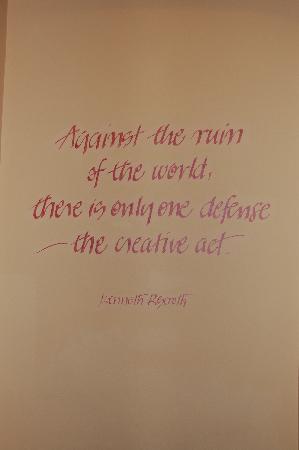It has been a site for Jewish prayer and pilgrimage for centuries, the earliest source mentioning Jewish attachment to the site dating from the 4th century. From the mid-19th century onwards, attempts to purchase rights to the wall and its immediate area were made by various Jews, but none was successful. With the rise of the Zionist movement in the early 20th century, the wall became a source of friction between the Jewish community and the Muslim religious leadership, who were worried that the wall was being used to further Jewish nationalistic claims to the Temple Mount and Jerusalem. Outbreaks of violence at the foot of the wall became commonplace and an international commission was convened in 1930 to determine the rights and claims of Muslims and Jews in connection with the wall. After the 1948 Arab-Israeli War the wall came under Jordanian control and Jews were barred from the site for 19 years until Israel captured the Old City in 1967.
Jews may often be seen sitting for hours at the Wailing-place bent in sorrowful meditation over the history of their race, and repeating often times the words of the Seventy-ninth Psalm. On Fridays especially, Jews of both genders, of all ages, and from all countries, assemble in large numbers to kiss the sacred stones and weep outside the precincts they may not enter.
Jews may often be seen sitting for hours at the Wailing-place bent in sorrowful meditation over the history of their race, and repeating often times the words of the Seventy-ninth Psalm. On Fridays especially, Jews of both genders, of all ages, and from all countries, assemble in large numbers to kiss the sacred stones and weep outside the precincts they may not enter.















No comments:
Post a Comment